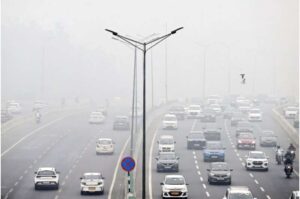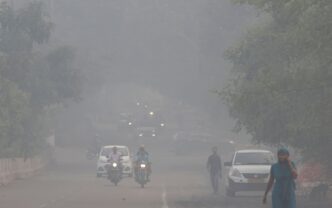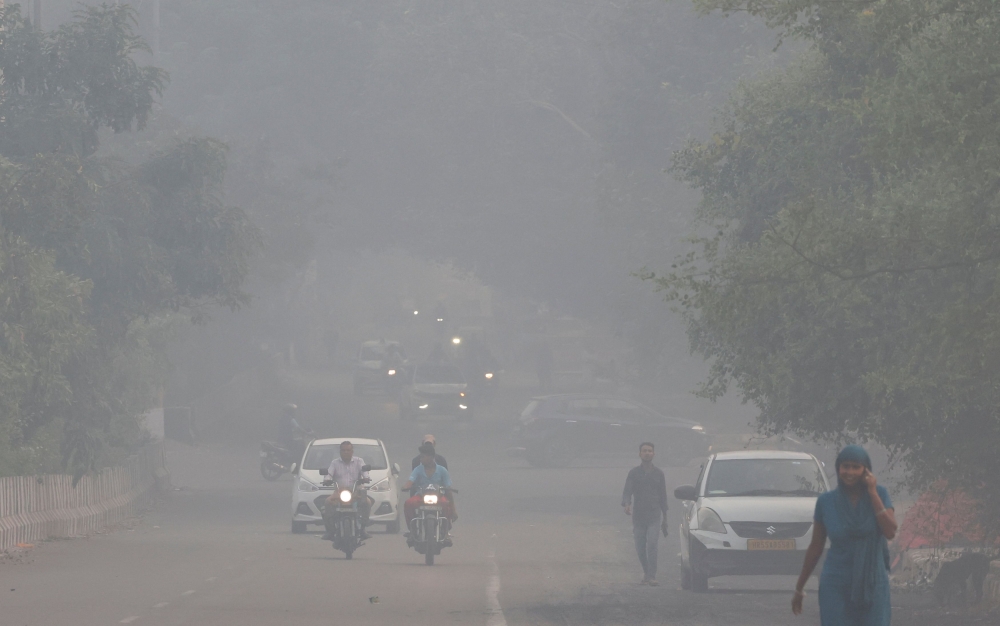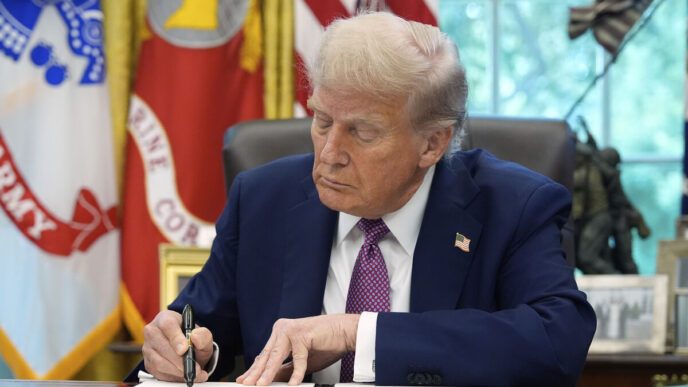A thick, toxic haze has once again settled over New Delhi, turning the skies gray and leaving millions gasping for air.
On Monday, October 20, air pollution in the Indian capital soared to levels more than 16 times higher than the World Health Organization’s (WHO) recommended daily limit, prompting growing alarm among residents and environmental authorities.
New Delhi and its sprawling metropolitan region, home to over 30 million people, are among the most polluted urban areas in the world.
Every winter, the city is shrouded in smog caused by a mix of vehicle emissions, industrial activity, and agricultural crop burning.
However, this year’s pollution spike has been particularly severe, worsened by days of fireworks celebrating Diwali, the Hindu festival of lights.
Despite the Supreme Court’s ban on high-emission firecrackers and approval of only “green firecrackers” designed to reduce pollution, the restrictions were widely ignored.
The result: the city woke up Monday morning under a suffocating blanket of haze.
According to real-time data from air quality monitoring firm IQAir, the level of PM2.5 particles tiny, toxic pollutants that can penetrate deep into the lungs and bloodstream hit 248 micrograms per cubic metre in some neighborhoods.
For context, the WHO’s daily limit for PM2.5 is just 15 micrograms per cubic metre.
In response, the Commission for Air Quality Management (CAQM) warned that air quality could deteriorate even further in the coming days.

Officials have ordered 24-hour electricity supply to prevent the use of diesel generators, which significantly contribute to smog levels.
To counter the crisis, authorities are considering an experimental measure cloud seeding to trigger artificial rainfall and wash away pollutants.
“We’ve already got everything we need to do the cloud seeding,” said Delhi Environment Minister Manjinder Singh Sirsa, confirming that flight trials and pilot training have been completed.
Moreover, the Delhi government has deployed mobile air-quality monitoring units and increased checks on construction sites to curb dust pollution.
Officials are also urging residents to work from home when possible and to limit outdoor activities, particularly for children and the elderly.
Every year, New Delhi faces extreme air quality declines from October to February, when cooler temperatures trap pollutants close to the ground.
The combination of Diwali celebrations, stubble burning in neighboring states, and stagnant weather conditions creates a perfect storm for hazardous air.
Doctors in Delhi have reported a surge in respiratory complaints, including asthma attacks and coughing fits, as the city’s air quality index (AQI) remains in the “severe” category.
Long-term exposure to such levels of pollution can increase risks of heart disease, lung cancer, and stroke.












